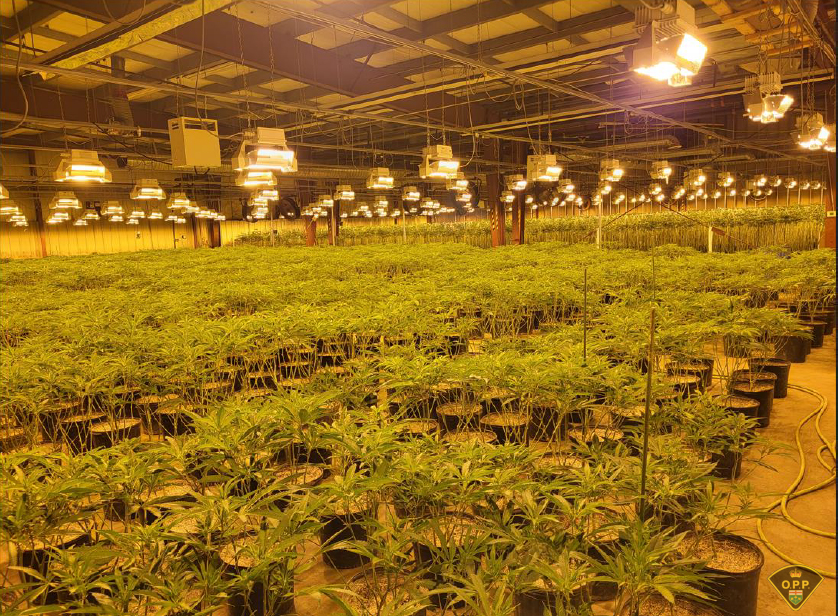Facts and figures on the proposed Energy East pipeline
Posted September 13, 2016 6:27 pm.
Last Updated September 13, 2016 8:43 pm.
This article is more than 5 years old.
OTTAWA – Facts and figures on TransCanada Corp.’s proposed Energy East pipeline:
What is it? The 4,500-kilometre oil pipeline is designed to carry 1.1 million barrels of oil or bitumen per day from Hardisty, Alta., southeast of Edmonton, to the Atlantic seaport and Irving Oil refinery in Saint John, N.B.
What’s old is new: About two thirds of the line is already in place as an existing natural gas pipeline travelling 3,000 kilometres from Burstall, Sask., to Cornwall in eastern Ontario. New pipe will be constructed in Alberta, Saskatchewan, Manitoba, eastern Ontario, Quebec and New Brunswick.
What’s the price tag? The original $12-billion estimate has since climbed to $15.7 billion.
Who’s against it? More than 80 municipal mayors from the Montreal area have come out against the project, as has the Assembly of First Nations of Quebec and a coalition of environmental advocacy groups and many environmental scientists, among others.
Why do people oppose it? The mayors and indigenous groups have expressed concerns about pipeline ruptures contaminating municipal drinking water. The Pembina Institute, an environmental think-tank, says the oil produced to fill the pipeline could generate up to 32 million tonnes of greenhouse gases annually. Some scientists have said locking in 40-year oil transport infrastructure at a time of transition to a low-carbon economy is bad planning and a poor investment that would be better aimed at renewable energy.
Who’s in favour of it? The NDP premier of Alberta, Rachel Notley and conservative Saskatchewan Premier Brad Wall have both championed the pipeline, as have four major trade unions who this summer called Energy East a “nation-building” exercise. Business groups such as the Canadian Manufacturers and Exporters favour the pipeline. The Conference Board of Canada estimated that construction would create 14,000 direct and indirect jobs.
Why do people support it? Apart from the immediate job creation, oil producers and governments who depend on oil revenues say Canada will get a better price for its oil with more direct access to world markets. Diversifying Canada’s heavy reliance on oil exports to the United States is considered a plus, as is the potential to reduce shipments of oil by rail. Some also argue that Canadian oil refined in New Brunswick will displace imported oil.
Who’s listening? The National Energy Board has scheduled 337 interveners to provide their take on the pipeline proposal during 21 months of public hearings.
What’s the timeline? Energy East was first pitched in 2013. TransCanada would like to start construction in 2018, pending clearance by the National Energy Board and final approval by the federal cabinet, with oil flowing in 2020.










